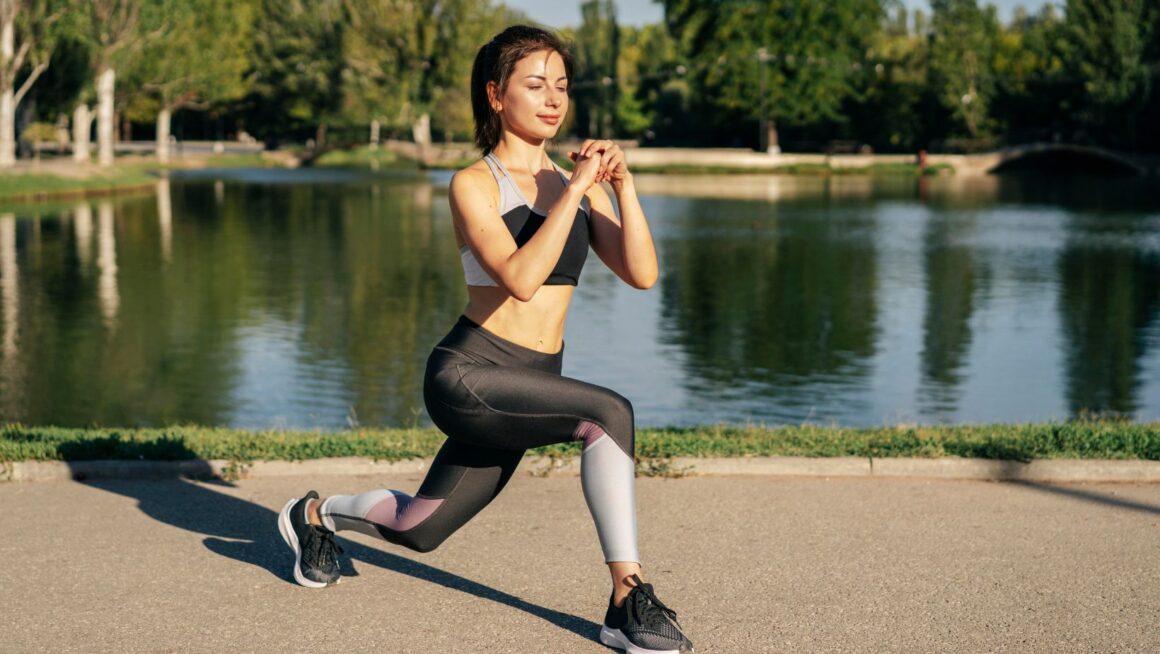Pilates is more than just a workout—it’s a unique, low-impact form of exercise to strengthen and tone muscles, improve posture, and promote overall health. Known for its full-body benefits, Pilates is adaptable for any fitness level, making it a great choice for people of all ages.
With a focus on controlled breathing, core strength, and flexibility, Pilates exercises can help alleviate issues like back pain, enhance muscle tone, and support better mobility. Whether you’re a beginner or looking to add something new to your routine, exploring Pilates at home can offer a range of health benefits that fit seamlessly into everyday life.
The Health Benefits of Pilates for All Ages
What Is Pilates? An Overview of This Full-Body Workout
Pilates, developed by Joseph Pilates, was originally designed to improve physical strength, flexibility, and the connection between mind and body. As a form of exercise, Pilates is structured around two main styles: mat-based exercises and those done on a reformer, a spring-loaded machine that adds resistance for a deeper workout.
The Pilates method emphasizes controlled breathing, smooth, precise movements, and balanced postural alignment, which together help to build core strength and support the spine.
With a focus on muscle tone and flexibility, Pilates can be adapted to any fitness level, making it a versatile addition to any exercise program. Whether performed on a mat or with the assistance of a reformer, Pilates encourages a full-body workout that improves mobility and balance, all while reducing the risk of injury from high-impact activities.
This combination of low-impact strength training and mindful movement helps to establish Pilates as both a fitness staple and a form of gentle, effective rehabilitation for various conditions.
The Benefits of Pilates for Health and Wellness
Improves Posture and Balance
One of the well-known benefits of Pilates is its impact on posture and balance. Pilates exercises are designed to realign the body, correcting imbalances and promoting a healthy, upright posture. This is especially important for people who sit for long hours or experience postural issues from repetitive movements.
By focusing on posture, Pilates not only helps you stand taller but also strengthens the back muscles and stabilizing core, making it a great option for improving balance.
Strengthens Core and Muscles
Pilates is widely known for its core-strengthening capabilities. Each movement in Pilates, whether on a mat or reformer, emphasizes the core as a center of strength, engaging muscle groups around the abs, lower back, and buttocks for better stability.
This approach improves muscle tone and delivers a strength-building workout that protects joints from unnecessary strain. Unlike traditional weightlifting, which can be taxing on joints, Pilates uses body weight and controlled resistance, making it suitable for those who want to build strength without compromising joint health.
Increases Flexibility and Range of Motion
Practicing Pilates regularly can significantly enhance flexibility and range of motion, which are essential for everyday function and fitness. By working with various Pilates moves, you’ll gently stretch and strengthen muscles, leading to improved mobility and reduced risk of injury from falls or sudden movements.

Pilates also improves proprioception, or the body’s sense of positioning, which helps people of all ages with balance, coordination, and smoother movements.
Supports Those with Health Conditions
Another significant benefit of Pilates is its support for those with health conditions. Pilates exercises can alleviate low back pain and are frequently used to manage chronic musculoskeletal issues and joint discomfort.
For seniors, Pilates can help maintain physical fitness without overstressing joints or muscles, making it ideal for gentle yet effective conditioning. For more on fitness in older age, check out some diet and exercise essentials for those over 60, which offers additional insights into exercise and diet for older adults.
How to Get Started with Pilates at Home
Choose Your Style: Mat vs. Reformer Pilates
Getting started with Pilates at home can be straightforward, especially when choosing between mat Pilates and reformer Pilates. Mat Pilates requires minimal equipment—just a mat, which makes it accessible and easy to practice anywhere.
In contrast, reformer Pilates uses a specialized machine equipped with springs for resistance training, providing a unique challenge and enhancing the intensity of workouts.
Reformers add variety to your Pilates practice, offering different levels of resistance and options for strength training. They’re particularly beneficial for building muscle tone and improving overall strength while still maintaining a low-impact approach.
Basic Pilates Moves for Beginners
If you’re new to Pilates, starting with some beginner-friendly exercises can set a solid foundation. Here are a few key moves to try on your mat:
● The Hundred: This classic exercise focuses on core engagement and breath control, helping to warm up your body.
● Roll-Up: A fantastic way to improve spinal articulation and flexibility while strengthening your core.
● Leg Circles: This move enhances hip mobility while challenging your abdominal strength.
When practicing these Pilates moves, it’s essential to maintain good form and start slow. Focus on controlled movements rather than speed to ensure you’re getting the most out of each exercise.
Find Qualified Instruction and Helpful Resources
For those who prefer guided instruction, many online platforms offer classes, tutorials, and resources to help you learn Pilates safely and effectively.
Consider looking for qualified Pilates instructors who can provide personalized feedback, whether in person or through virtual classes. Apps like WallPilates are excellent tools for accessing guided workouts from the comfort of your home.

If you have any health conditions or concerns, talking to a doctor before starting is crucial. They can help assess your situation and determine the best approach to beginning your Pilates journey.
Key Takeaway: Why Pilates is Worth Adding to Your Routine
In summary, Pilates offers a wealth of health benefits as a full-body, low-impact workout that is accessible to individuals of all ages. This versatile form of exercise promotes core strength, better posture, and improved flexibility, making it a fantastic addition to any wellness routine.
By incorporating Pilates into your life, you can enhance your physical health while also nurturing your mind-body connection, which is essential for overall well-being.
For readers managing other health conditions, consider exploring how Pilates can fit into your lifestyle by checking out how to cope with chronic heart disease at home. The adaptability of Pilates means it can be tailored to support various fitness needs.
To Conclude
As you embark on your fitness journey, we encourage you to explore Pilates as a powerful form of exercise that promotes health and longevity. With its unique focus on core strength, flexibility, and balanced movement, Pilates can significantly enhance your physical fitness and well-being.
Remember, if you have any medical conditions or concerns, it’s essential to consult with a doctor before starting Pilates or any new fitness program. This precaution ensures that your approach to exercise is safe, effective, and tailored to your specific health needs.



